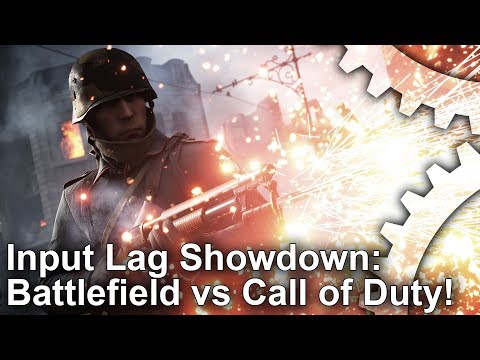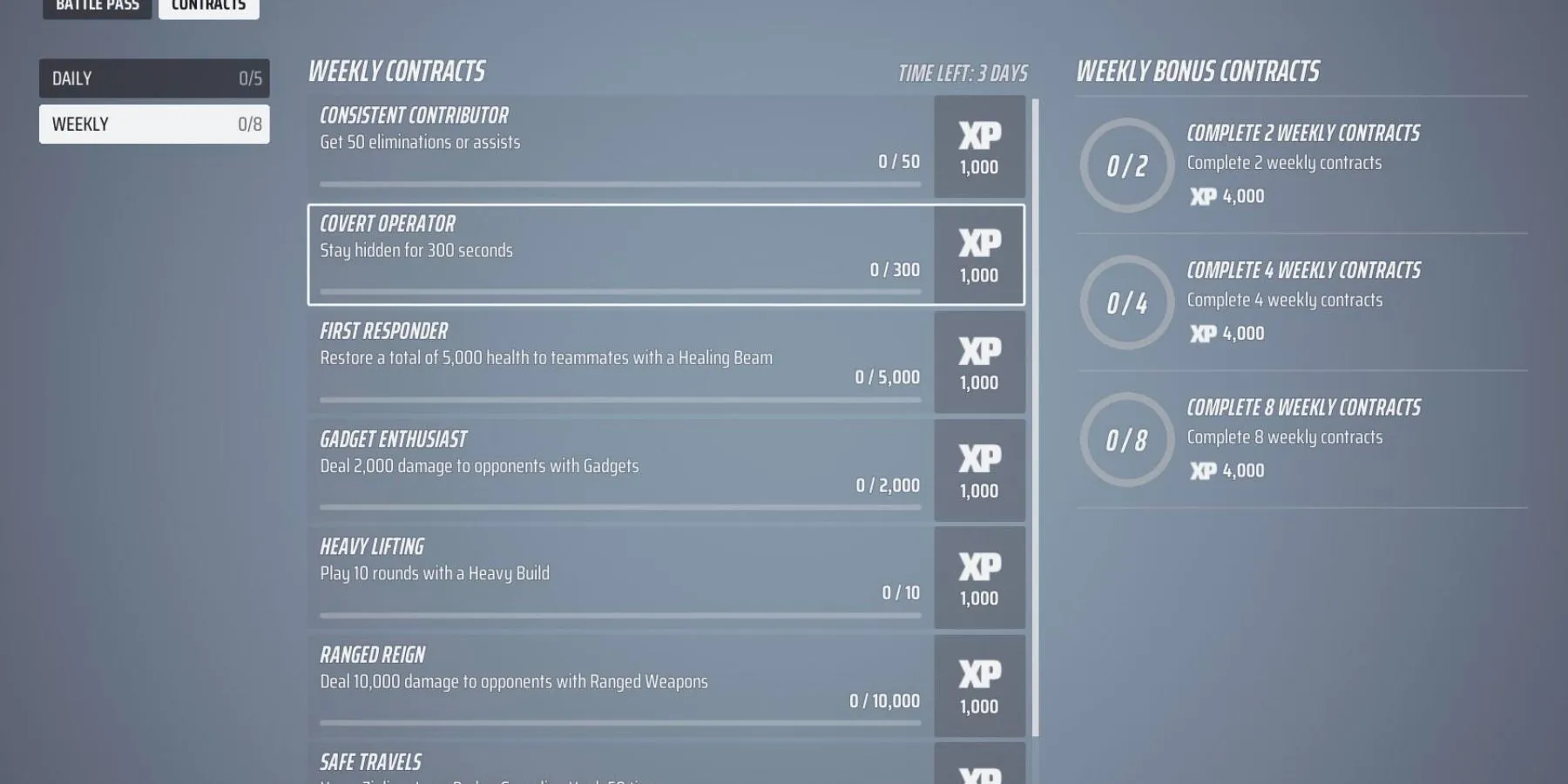The Importance of Input Lag in Gaming: A Comprehensive Guide
This week's episode of DF Direct Weekly - as expected - begins with an in-depth conversation about the popular trend of Palworld, while...
DF Weekly Tekken 8 showcases the significance of low input lag in gaming.
 Digital Foundry Direct Weekly reaches its 147th ‘Maximum Break’ Edition
Digital Foundry Direct Weekly reaches its 147th ‘Maximum Break’ Edition
Welcome back, gamers! Today, we’re diving deep into a topic that affects every one of us: input lag. 🎮 In this article, we’ll explore what input lag is, why it matters, and how it can impact your gaming experience. So grab your joysticks and let’s get started!
Chapter 1: What is Input Lag?
Let’s start with the basics. Input lag refers to the delay between when you press a button on your controller or keyboard and when that action is displayed on your screen. In simple terms, it’s the time it takes for your input to translate into on-screen action. The longer the delay, the more noticeable it becomes and the less enjoyable your gaming experience may be.
Chapter 2: Measuring Input Lag
Over the years, various methods have been developed to measure input lag accurately. One popular method, introduced by Mick West in 2009, involves using a high-speed camera to record the screen and controller simultaneously. By carefully analyzing the footage frame by frame, you can determine the precise frame when the input was made and count the frames until the result appears on-screen.
 This DF video from 2017 looks at first-person shooter latency in console games, using the Nigel Woodall video interrupt technique. It’s still valid today – but isn’t compatible with VRR.
This DF video from 2017 looks at first-person shooter latency in console games, using the Nigel Woodall video interrupt technique. It’s still valid today – but isn’t compatible with VRR.
- Mastering Meowscarada in Pokemon Unite
- Finding and Solving Glyphs in Assassin’s Creed Brotherhood: A Compr...
- How to Farm Money in Brilliant Diamond and Shining Pearl 💰🎮
In recent years, thanks to remarkable work by Nigel Woodall, measuring input lag has become even more accurate. Woodall’s method involves converting HDMI to component video signals and using video capture instead of high-speed cameras. This approach eliminates much of the ambiguity found in camera-based measurements and provides more precise results.
Chapter 3: Why Does Input Lag Matter?
Now, you might be wondering, why is input lag so important? Well, it’s all about that smooth and responsive gameplay experience. Lower input lag means that your actions on the controller or keyboard are translated into on-screen movements faster, creating a more immediate and immersive gaming experience.
Chapter 4: The Future of Input Lag
As we enter the next era of graphics technology, input lag is becoming an even more critical factor in gaming. With advancements like frame generation and path-tracing, there’s an increased demand for faster response times and reduced input lag. Nvidia and AMD are actively working on technologies like Reflex and AntiLag to address this issue.
In the PC space, measuring input lag is relatively straightforward thanks to available tools, such as Nvidia’s “PC latency” measurement. However, on consoles, the process remains more challenging. Frame counting and other methods are often required, but it’s an area that still needs improvement.
Chapter 5: The Controller Factor
Interestingly, the type of controller you use can also influence your perception of input lag. The nature of the joypad itself can sometimes dull the sense of fast response, and players can quickly adapt to consistent but slightly slower response times. It often takes a game with noticeably poor or variable response to make players realize that something is amiss.
Q&A:
Q1: Can input lag differ between games running at the same frame rate?
Absolutely! Even games operating at the same frame rate can have different input lag times. Factors like game engine complexity, v-sync buffering, and controller dead zones can all contribute to variations in input lag.
Q2: How can I minimize input lag on my PC?
For PC gamers, keeping your hardware up to date is crucial. Ensure that you have a high-performance graphics card and a monitor with a high refresh rate. Additionally, technologies like Reflex and AntiLag can help reduce input lag.
Q3: Do different gaming consoles have different levels of input lag?
While the precise measurements may differ between consoles, the overall impact of input lag is generally similar across platforms. However, it’s worth noting that each console’s controller design and hardware can affect the overall gaming experience.
Conclusion
In the ever-evolving world of gaming, input lag remains a significant concern for both competitive and casual players. By understanding the concept of input lag and the importance of reducing it, you can ensure a smoother, more enjoyable gaming experience. So, the next time you’re immersing yourself in Tekken 8 or any other game, take a moment to appreciate the crisper response and notice the difference it makes!
If you want to delve deeper into the world of input lag, I highly recommend following Nigel Woodall and checking out his comprehensive input lag database. And don’t forget to watch this week’s DF Direct, where we discuss various gaming topics, including input lag and AMD’s Fluid Motion Frames driver.
📺 Watch the DF Direct Weekly episode: Palworld Mania vs Tech Jank, AMD AFMF Tested, Horizon Forbidden West PC!
As always, stay tuned for more exciting gaming news, analysis, and expert insights. And remember to share this article with your fellow gamers to spread the knowledge!
Reference Links:
- Nigel Woodall’s Input Lag Database
- DF Direct Weekly Episode: Palworld Mania vs Tech Jank, AMD AFMF Tested, Horizon Forbidden West PC!
- Input Lag Tested! Call of Duty vs Battlefield! Overwatch, Halo 5 And More!
- BitGet Report 2023: Remarkable 94% Surge in Spot Trading Accompanied by 110% Spike in BGB Volume
- Installation and Use of Epic Games on the Steam Deck
Hey gamers! Have you ever noticed the difference in response time between games? What are your thoughts on input lag? Share your experiences and opinions in the comments below! And don’t forget to hit that share button and spread the gaming knowledge on social media. Happy gaming! 🎮💥






